ELLENVILLE, New York — The Kyiv Post joined hundreds of people who came to a Ukrainian-American Youth Association camp and resort in New York state for an extended weekend that included celebrating America’s Independence Day and commemorating Ukrainian heroes who fought throughout the ages for their country’s freedom.
The association is known by the Ukrainian acronym CYM – pronounced “SUM” – of its name “Spilka Ukrayinskoyi Molodi.” Along with the Ukrainian Scouting movement, Plast, it is one of the two main youth groups that flowered in the post-World War II diaspora and taught younger generations about their heritage and ensured that the Ukrainian community remained vibrant.
CYM has four camps in various parts of the U.S. The New York one named after the nearest small town of 4,000 residents, Ellenville, is set in picturesque undulating countryside near the Catskill Forest Preserve national park and its territory includes hills, woods and a stream filled with trout and bass. It was bought by the Ukrainian community in the 1960s.
The association organizes three camps there every summer by different age groups. They each run for two weeks, beginning with one for the older members – between 14 and very early 20s, followed by a camp for ages 7 to 13. The third camp concentrates mostly on sports, including soccer, volley ball, track, weightlifting, and softball for ages 10 to 14.
This year there are around 100 participants in each camp, split roughly equally between boys and girls. They stay in single-sex barracks with 12 in each, using sleeping bags on military-style wooden and canvas cots. Each barrack has bathrooms and showers and air conditioning to bring relief from summer humidity and temperatures which can rise into the high 30s celsius.
The first two camps have an educational component, with lessons about Ukraine’s history and contemporary events. But the instructors deliberately try to style them more as interactive discussions rather than schoolroom lessons. These talks are leavened with choir singing and outdoor activities such as hikes and swimming.
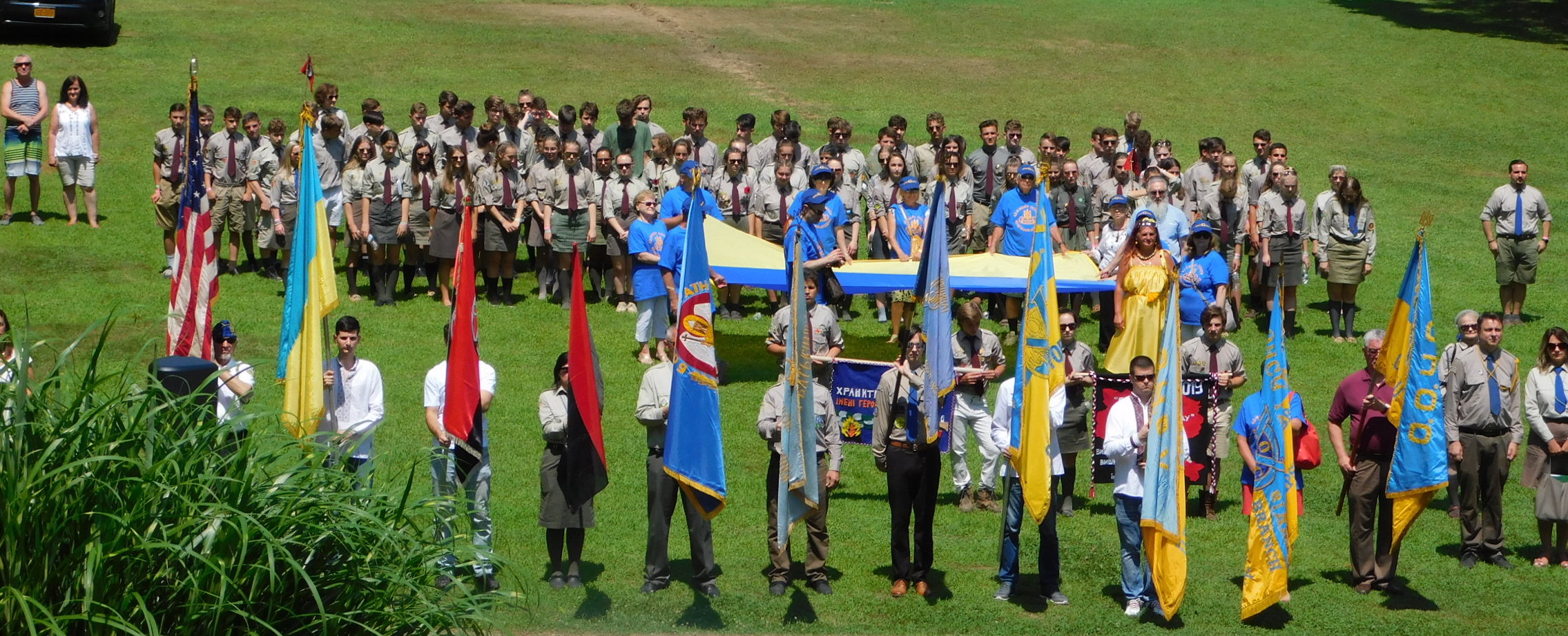
Parents pay $500 per week to send their children to the camp. There are subsidies available for families who have financial difficulties.
There are elements of military discipline in CYM, as there are in other youth organizations such as the Scouting movement. They learn drill so that they can march or assemble in formation.
They wear uniforms for Sunday church services and on some other special occasions. Uniforms consist of gray shirts with matching trousers or skirts. Different colored ties denote age groups with green for the youngest, burgundy for teenagers, blue for young adults and brown for the over-thirties. CYM members around the world wear the same uniform except for a shoulder patch saying which country they belong to.
But daily morning and evening assemblies they wore more relaxed outfits where the uniformity came in the green t-shirts everyone wore emblazoned with a tree design.
There is a camp commander who has a team of around 10 persons, some in the older teens, who help organize the camp schedule and act as instructors for the various activities. They also act as counsellors to the camp participants advising them, listening to any complaints or problems and generally looking after their wellbeing. One of the team is always someone with medical qualifications.
Among the most popular activities are military-style games where campers are divided into two teams that have to dodge or capture their opponents by moving stealthily and organizing ambushes. There are also disco dances and bonfires where the campers sing, recite poems, and perform comedy skits of their own invention.
On a typical day camp members wake early and do gymnastic exercises and runs before a formal assembly, around 8 am, where they line up in ranks to haul up the Ukrainian and American flags that flutter above a central, grassy parade ground surrounded by the sleeping quarters and the camp administration building.
Then they march off to the canteen for breakfast before proceeding to the first of the scheduled activities which might be a lesson or an outdoor activity.
The topics that featured in talks for the older members this month included the history of Ukraine’s struggles in the 20th century for freedom. Much time was devoted to the leader of the Organization of Ukrainian Nationalists, Stepan Bandera, as 2019 sees the 110th anniversary of his birth and 60th anniversary of his assassination by the Soviet KGB.
Other topics included the more recent history of the EuroMaidan Revolution, the mass demonstrations that drove Kremlin-backed former Ukrainian President Viktor Yanukovych from power in 2014, triggering Moscow’s war against Ukraine that continues today.
Speakers also talked about Russian disinformation and distortion of Ukraine’s history in the past and present attempts by Moscow to pervert the truth and perceptions about Ukraine using “hybrid-war” techniques.
CYM sprang up in the 1920s in the Soviet Ukraine imposed by the Kremlin on a defeated, short-lived Ukrainian Republic whose army had been crushed by communist forces. It began as a secret society for students and other young people who wanted to keep alive the spirit of a free Ukraine.
The group, organized in five-member cells, spread rapidly causing alarm to the Soviet government. Communist agents penetrated the groups and in 1929 hundreds of its members were rounded up and sentenced to the Gulags from which few returned.
One of CYM’s founders, Mykola Pavlushkov, and some 300 members were executed by firing squad at one of the Soviet’s first concentration camps in the Solovetsky Islands on the White Sea in 1937 as part of the Kremlin’s 20th anniversary commemoration of the 1917 Bolshevik Revolution.
After World War II, CYM started to be rebuilt by refugees from Ukraine, tens of thousands of whom lived for several years in displaced persons’ camps in Germany and Austria. Bandera supporters were instrumental in reviving CYM in the West after the war and the association is clearly streaked with their style of impassioned Ukrainian patriotism.
It also flourished in every country with significant Ukrainian communities including the United Kingdom, Canada, Germany, Belgium, France, the Netherlands, Argentina, Brazil, Australia and New Zealand. CYM has some 1,600 members in the U.S. in its 28 branches in 12 of America’s states.
The man heading up, for the fourth time, the camp for older CYM members this year is Mykola Hryckowian. His parents came to the U.S. after World War Two and both had staunchly patriotic backgrounds.
Hryckowian said: “The primary purpose of these camps is to give the kids a chance to be in a camp environment where they learn independence and can socialize among their peers.” Also, he said, to allow the participants “to get some Ukrainian spirit – they learn about their ancestral homeland.”
Hryckowian said another important aspect was to encourage CYM members to take part in the wider Ukrainian community. He said that he had seen many young people who had spent summers at the camps, who became active members of the diaspora, have got married and had children of their own who are now attending the camps.
This year the camp straddled the July Fourth American Independence Day celebrations and, on July 7, the day called “Svyato Heroyiv,” a festival of heroes, when many diaspora Ukrainians commemorate Ukrainians who have led the struggle for their country’s freedom in years past.
Hryckowian said that part of CYM’s role is to instill patriotism among its members for both Ukraine and the country they live in.
He said: “We are citizens of the United States – the best democracy in the world. We teach that you’re born here, you are an American citizen and that’s to be respected. Our name is Ukrainian American Youth Association. On Fourth of July the kids came out at midnight and they sang the American national anthem. So, yes, we try to teach our members to be good citizens.”
Hundreds of parents of the campers and others from the Ukrainian community visited the camp to take part in events commemorating the important American and Ukrainian dates. Some of the visitors stayed at a little hotel operated by CYM which caters to visitors from the Ukrainian-American community. Others pitched their own tents within the resort.
On the Saturday evening there was an outdoor concert for the campers and visitors with a traditional dance group and a choir from the diaspora and rock band called “Doox” (pronounced “Dookh”) from Ukraine followed by a dance with music that spanned waltzes to discotheque.
On July 7, with CYM members in full uniform, and visitors also taking part, there was a church service at the camp’s own chapel. That was followed by a wreath-laying ceremony at a nearby monument dedicated to all Ukraine’s independence heroes.
Dmitri Lenzcuk, as chief instructor, was responsible for working out the schedule of lessons and activities for the camp. He is a second-generation American whose grandparents arrived in the U.S. after the war and he said he was three or four years old when he first put on a CYM uniform.
Lenczuk, who lives in Passaic, New Jersey, where he is an English teacher at a school, said: “My number one focus is helping children to develop a national consciousness about Ukraine while not living in Ukraine. Countering assimilation. A lot of the kids who come to this camp are already second, third, fourth generation Ukrainian-American. The purpose of CYM is to continue that national consciousness. But also as a teacher, as with my own students in school, I want them to have practical knowledge and to develop their own leadership skills.”
One of the instructors, Adriana Oliver, 19, from Clifton, New Jersey, said she had been in CYM since she was four years old and confessed: “At first I hated coming to the camp. My mother forced me to go and I would cry.”
But very soon she began to enjoy making new friends and looking forward to seeing them again at camps in following years.
Now, said Oliver, who is studying management information systems and analytics at Villanova University in Pennsylvania, “I realize that a bigger goal at hand is to ensure that CYM is here for future generations. To teach them about patriotism and to be proud of their Ukrainian heritage. The classes with different speakers here are not only teaching me how to become a better instructor but sowing the seeds for participants of CYM to do bigger things in their lives.”
Adrian Dlaboha, the leader of CYM in the U.S., said he wants to encourage CYM members to visit Ukraine to increase with firsthand experience their own knowledge of the country and to even help in its development: “We would like them to travel there, become volunteers in different aspects of nation-building……..there’s a great need to engage with those people who are directly or indirectly affected by the war.”
He also aims to create a welcoming environment for more recent Ukrainian immigrants to the U.S. since 1991 independence to encourage them to join CYM. He said that a new chapter of CYM is about to be created in the Brooklyn area of New York City, where many newcomers from Ukraine have settled.
Since Ukrainian independence both CYM and Plast have replanted their movements in the original Ukrainian soil they sprang from and both have helped fill the vacuum caused by the disappearance of the Soviet-era “Komsomol” and “Pioneer” youth organizations that were riddled with communist and atheistic ideology.
CYM started to recruit members in Ukraine shortly before 1991 independence and in 1996 Ukrainian CYM officially became a fully-fledged member of the association’s worldwide structure.
Since the conflict began in Ukraine in 2014, CYM has organized summer camps for children affected by the war. Christya Bihun, a longtime CYM member from New York City, has been one of the people running the “Blahodiynyi Tabir” or “Benevolent Camp” for the last four years.
This year, she said it will be held from July 29 to August 10 at an upgraded former Soviet-era children’s vacation resort near the city of Chernihiv.
Up to 120 children will take part with the costs being covered by CYM organizations in various western countries, including the U.S.
Bihun said that local branches of CYM in Ukraine coordinate with military centers and nongovernmental organizations around the country to select children for the camps. Many of the children have parents who are serving in the military or who have been killed in the war. Others live in frontline areas in the east Ukrainian conflict areas of Luhansk and Donetsk, while some are refugees who have fled from territory occupied by pro-Russian forces.
She said: “Many of these children think that nobody knows or cares about them; that they are invisible. When they realize that some people, even from far-away America, say ‘we know who you are, we know what you are going through and what happened’ their eyes grow big and they are completely taken aback.”
You can also highlight the text and press Ctrl + Enter


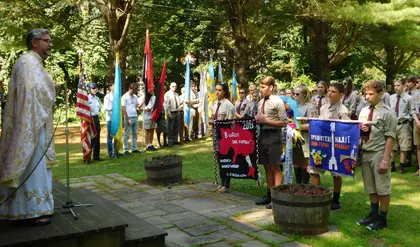
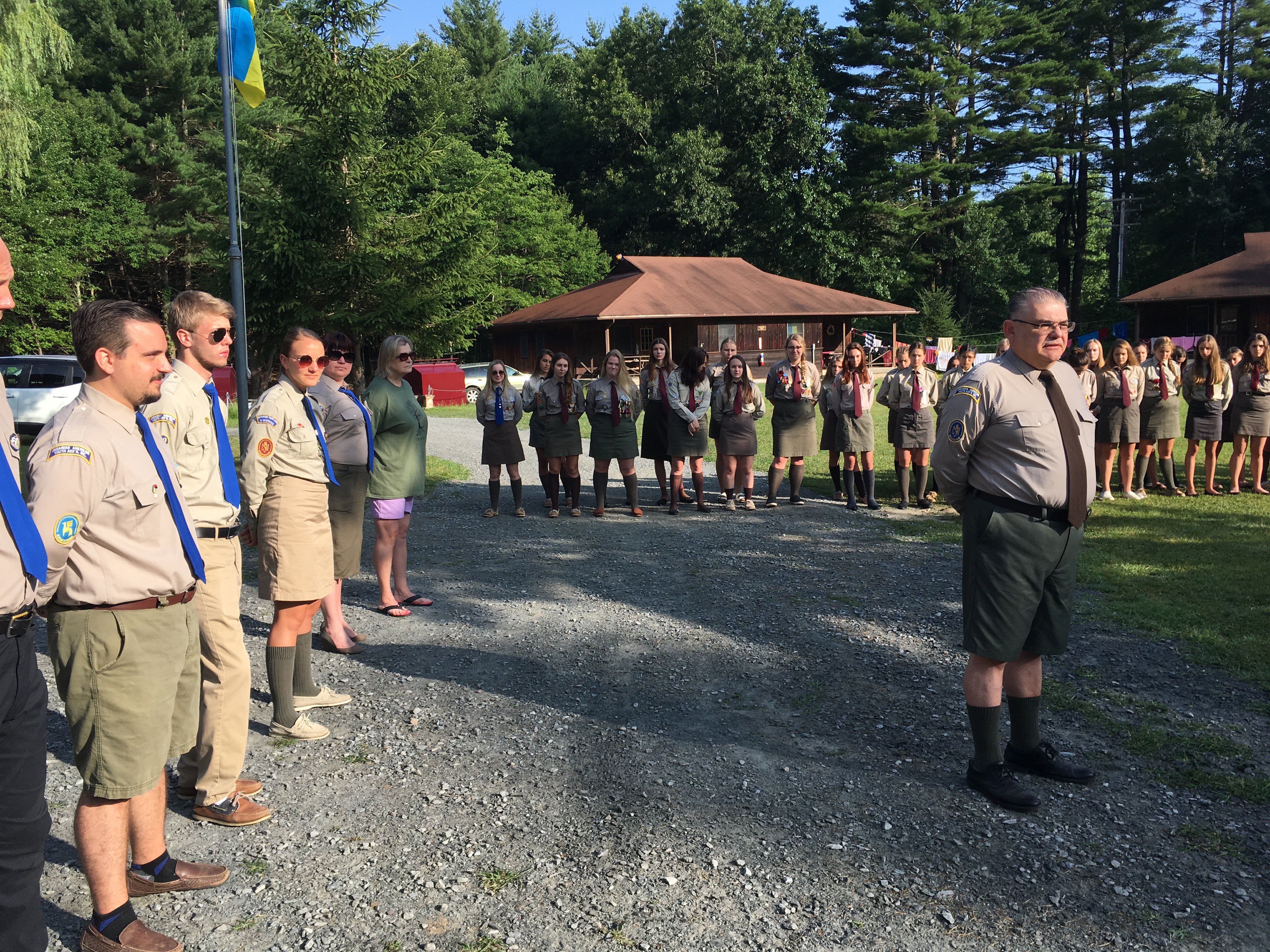
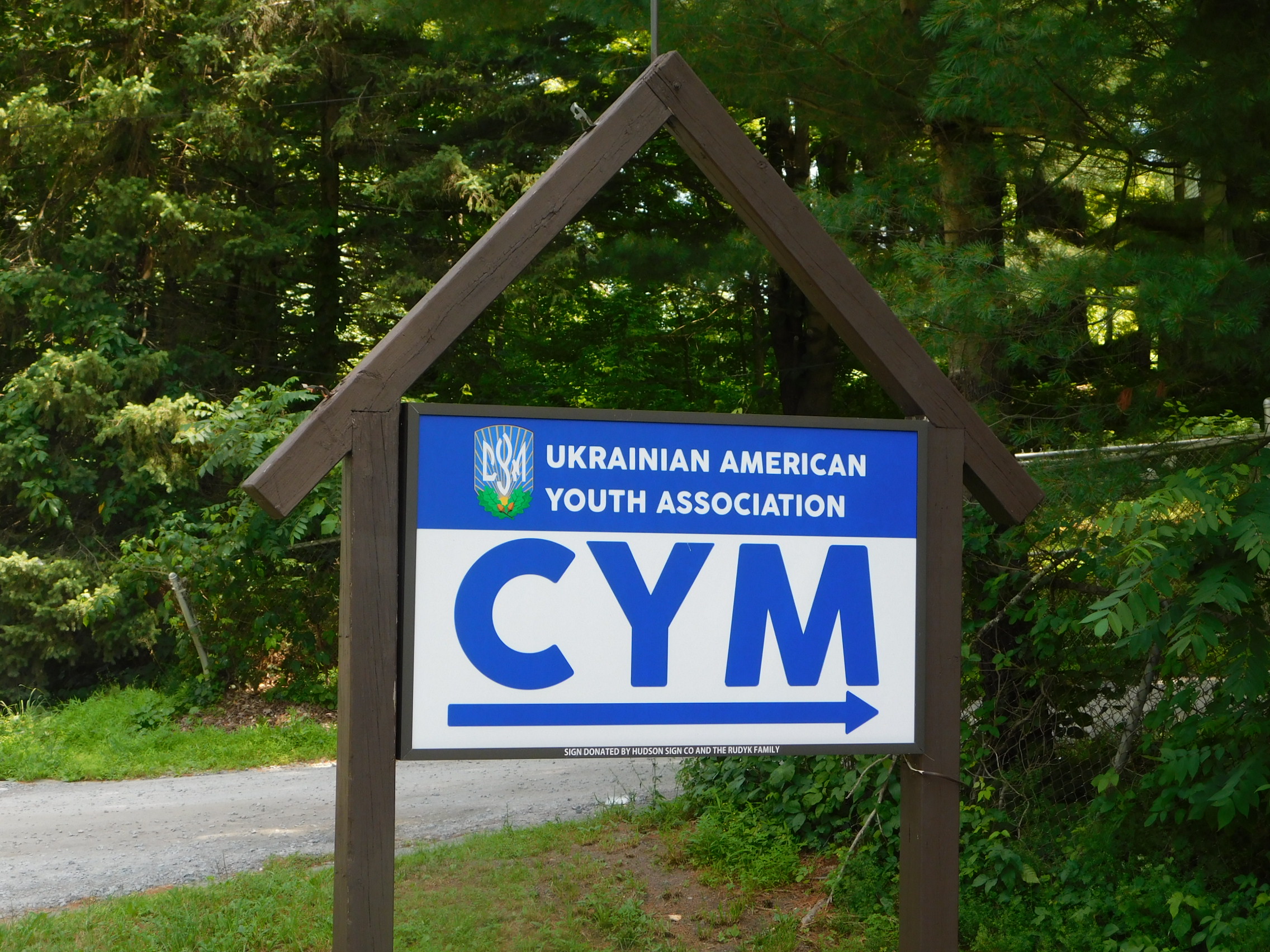

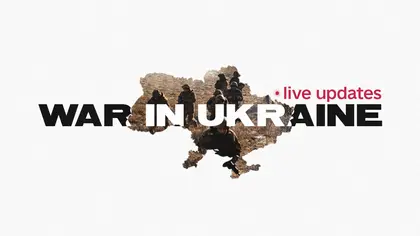
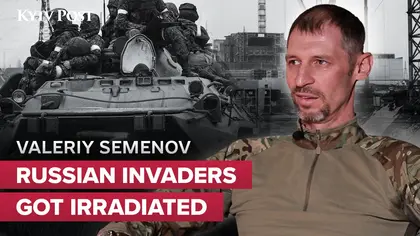
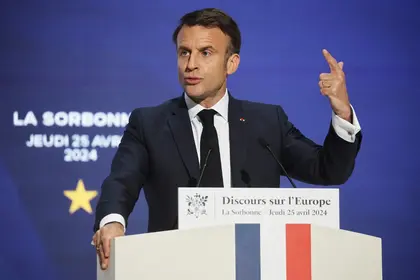
Comments ( 1)
Ah the Hitler youth. They must be so proud to follow a man that caused the genocide of 100 thousand Poles and Jews and called for the extermination of all Poles. Like other statues that are offensive, this one will come down soon. Thanks for the article!